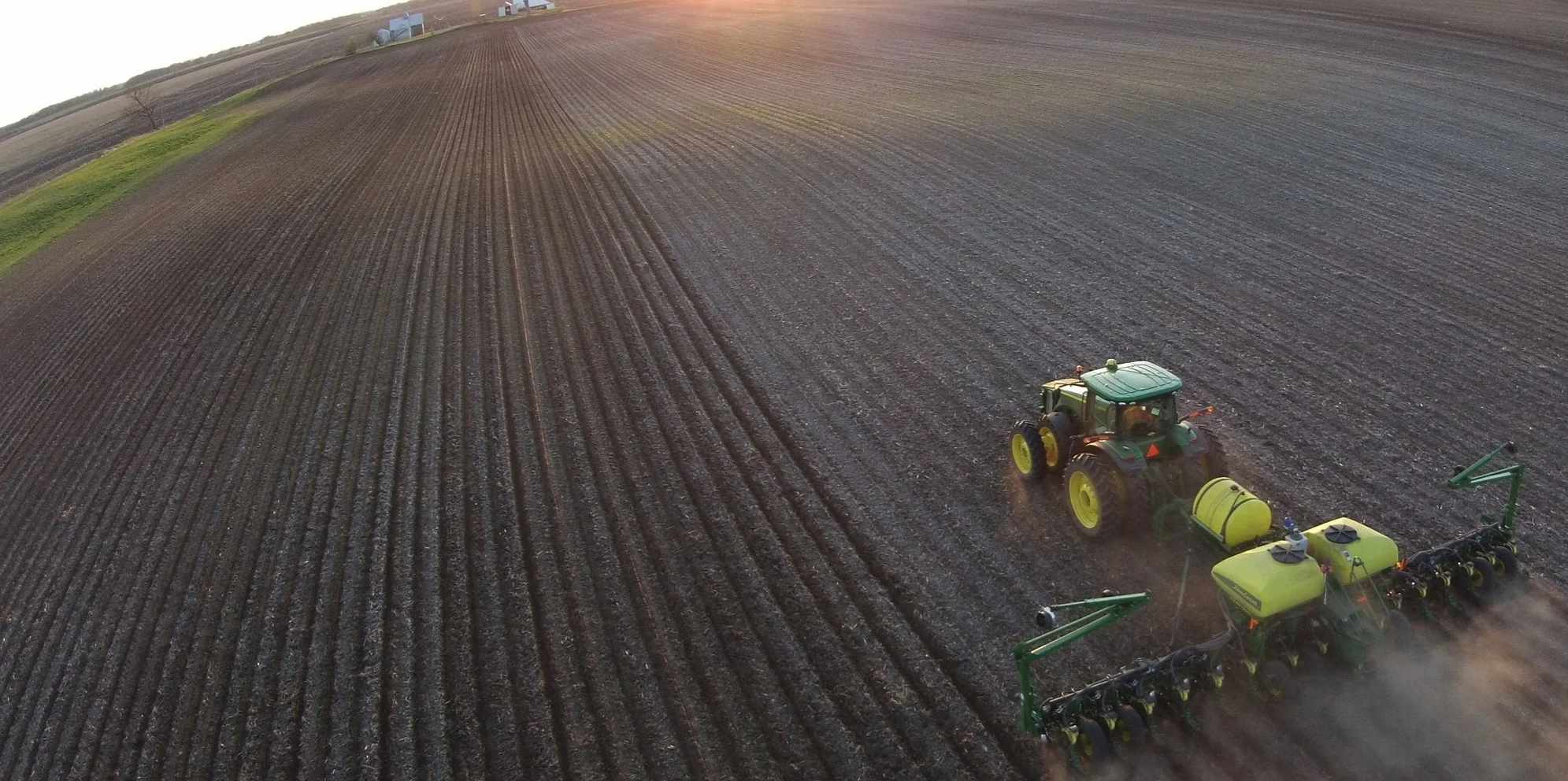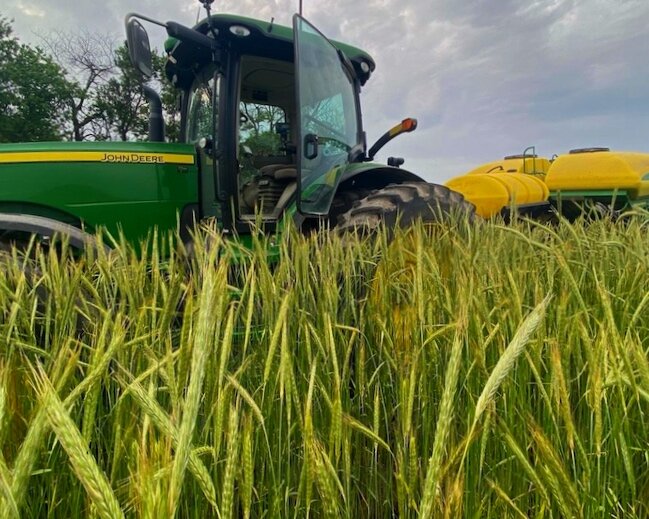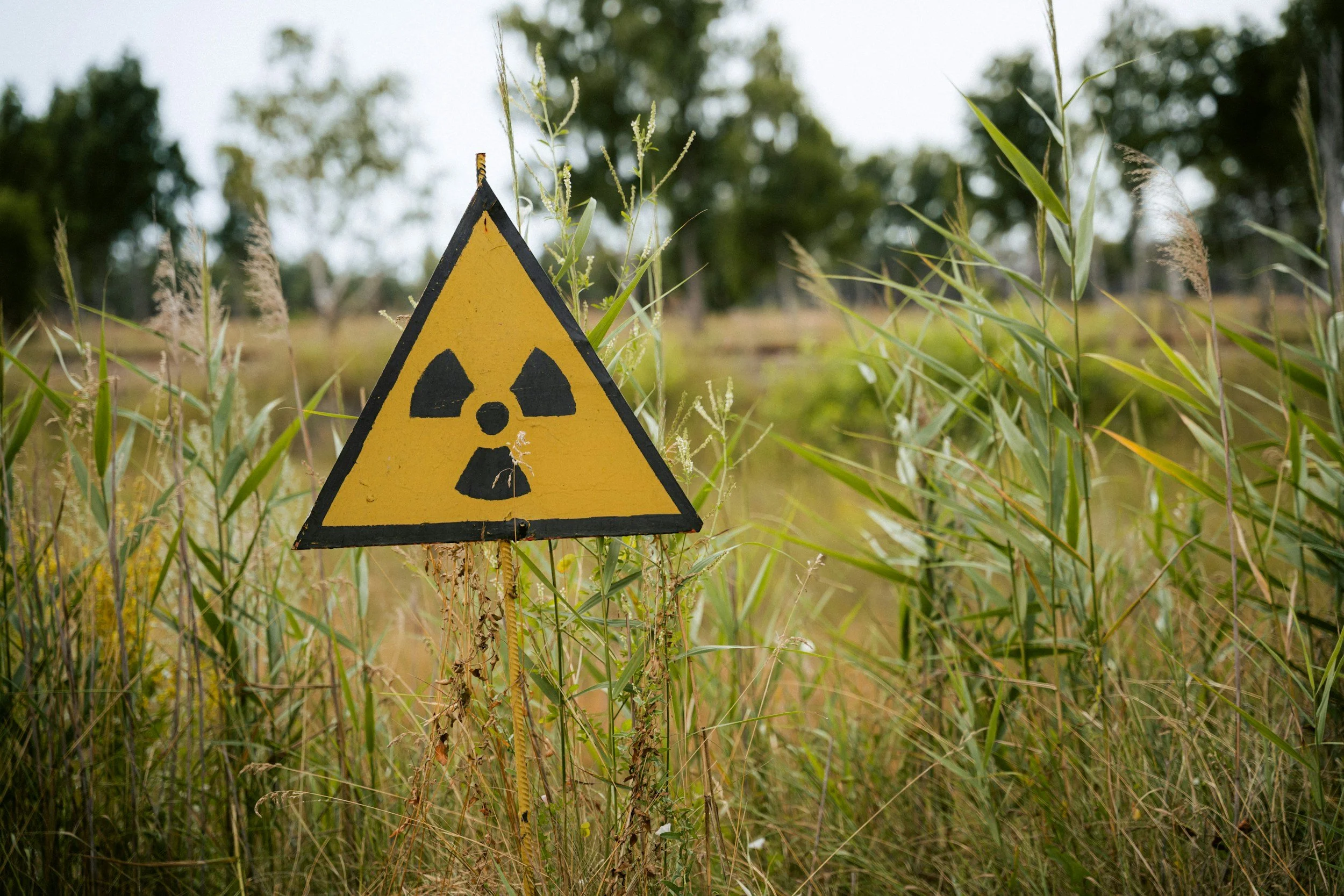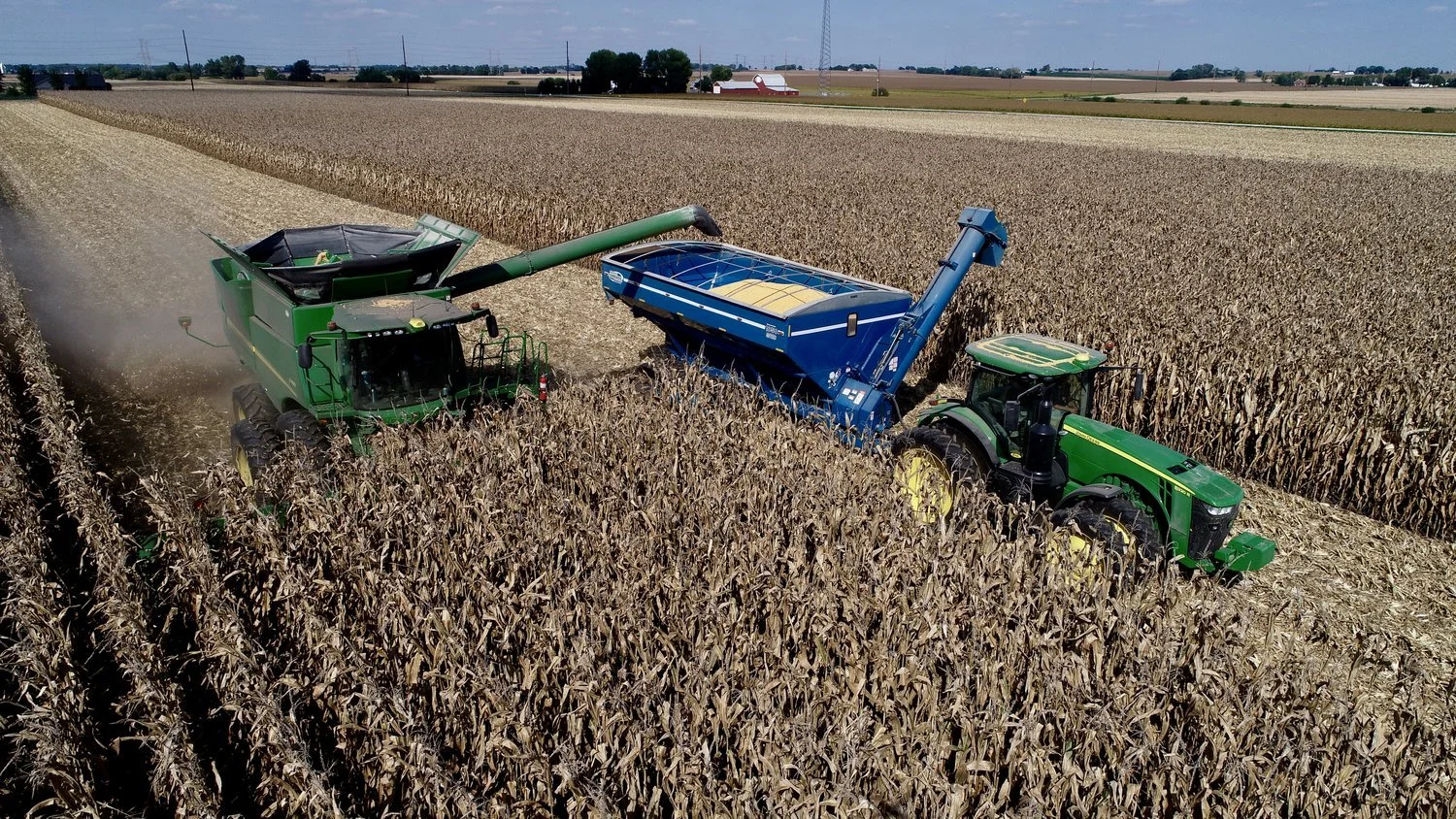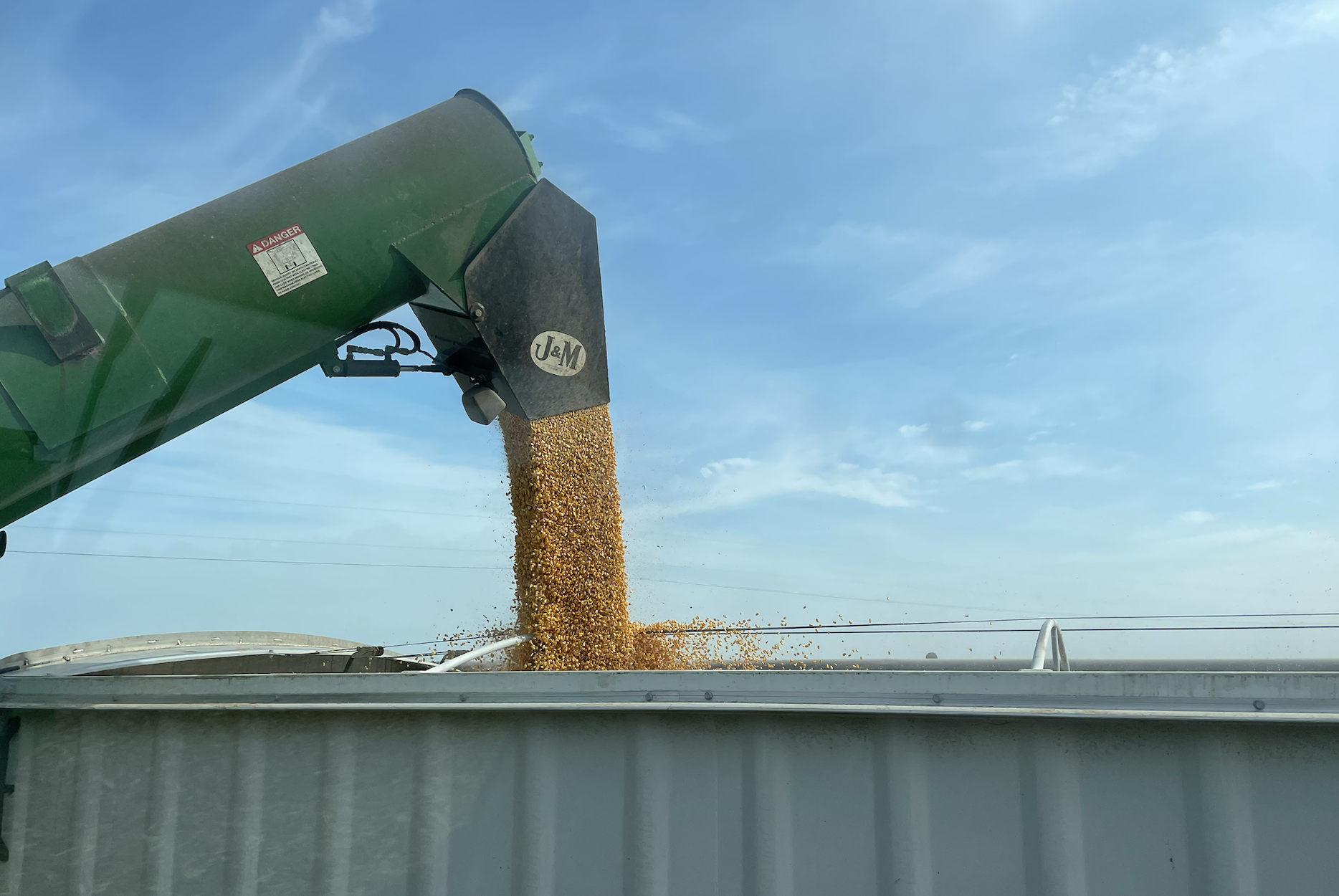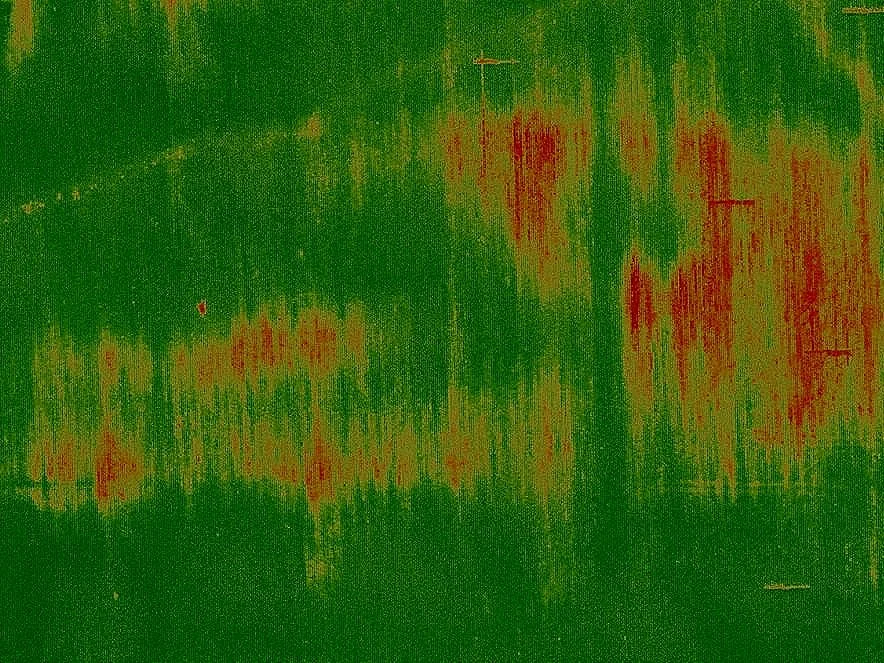Rethinking Carbon's "Additionality" Requirement
/To generate a carbon credit, a producer must demonstrate a metric ton of C02 (or its equivalent in greenhouse gases (GHG)) was sequestered in soil because of the farmers’ efforts. Seems simple enough, but there is usually another requirement called “additionality” that makes this more challenging for many farmers already implementing conservation practices.
Here’s how “additionality” is often defined:
GHG reductions are additional if they would not have occurred in the absence of a market for offset credits. If the reductions would have happened anyway – without any opportunity for farmers to sell carbon offset credits – then they are not additional. – Ohio Soybean Council.
The point of “additionality” is that carbon credit buyers don’t want to pay someone to sequester carbon if they were going to do it anyway. In forestry, it makes no sense to pay someone to plant trees if they were planning on doing it anyway. That would result in no net decrease in CO2. But paying someone to plant trees who otherwise would not have and you have more trees, a net decrease in CO2.
Planting soybeans into cover crops.
Translating this to row crop farming, two of the practices most commonly sought for carbon soil sequestration are no-tilling (not disturbing the soil which releases CO2) and cover cropping otherwise fallow land (which pulls more CO2 out of the atmosphere outside of the growing season). If you pay a conventional farmer to convert acres from tillage/no cover cropping to no-till/cover cropping, there should be a net increase in soil carbon sequestration. Pay a no-tiller/cover cropper to do the same thing they would anyway and, in theory, no increase in soil carbon sequestration.
Many farmers have pointed out that this system creates an ironic situation where farmers who have been farming with the desired practices for years are excluded from the financial benefits of carbon farming. Bust out the moldboard plow, however, and you become eligible for carbon payments in the years that follow.
That makes no sense. Requiring “additionality” for row crop farmers overlooks that farmers decide every year how they are going to farm. On any given year, a farmer could decide to return to intensive tillage. Corn and soybeans—unlike trees—are annuals. A farmer that has practiced no-till and cover cropping for years and decides to do so again this year is sequestering carbon.
Protocols for soil carbon sequestration need to rethink how additionality works with farmers planting annual crops. If the goal is widespread adoption, we must reward everyone that undertakes the practices desired.

